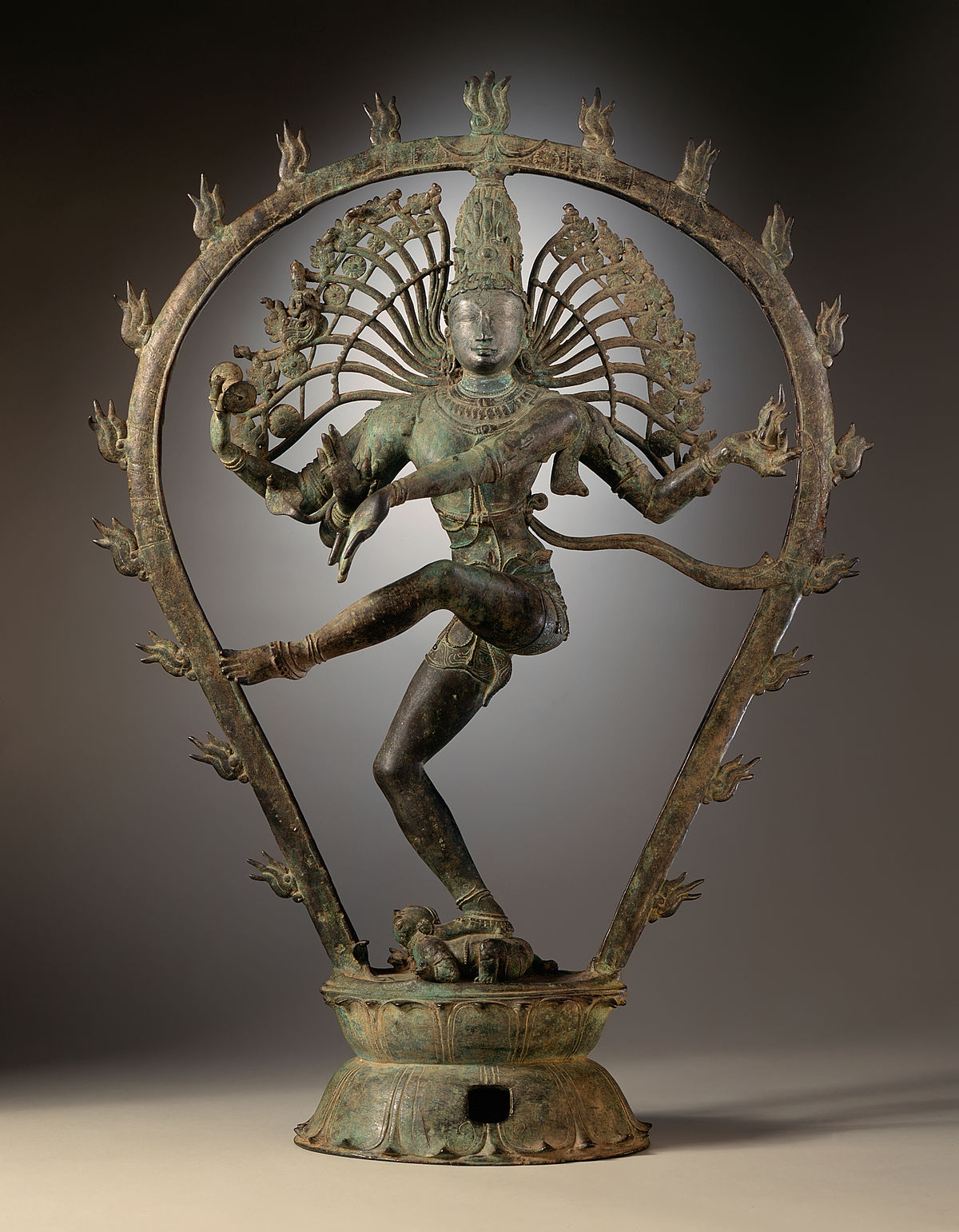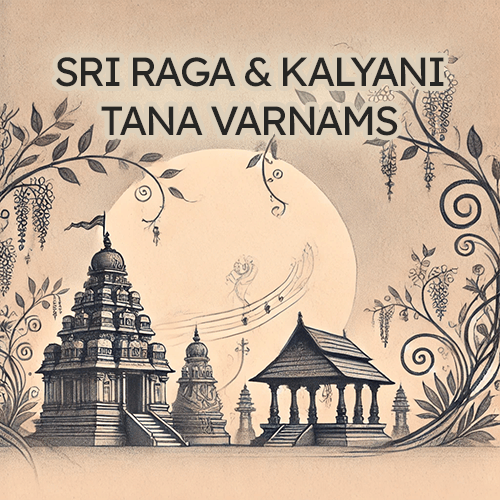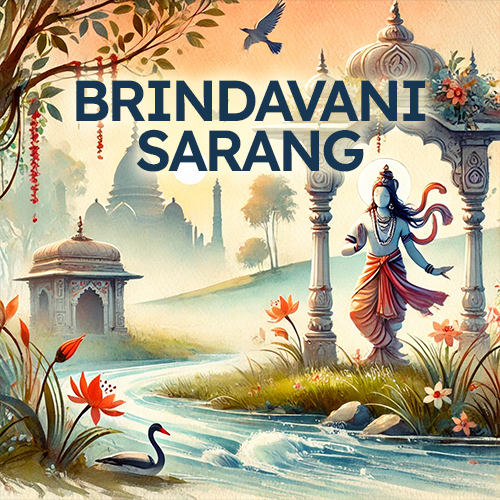
Summary of Bharata Muni's Natyashastra
Posted on December 20, 2019 by arun_subramanian
Natyashastra is the earliest literature on music and drama – written somewhere around 500 BC by Bharata Muni. Comprising 6000 couplets in Sanskrit and spread over thirty-six chapters, Natyashastra’s focus was on dance and drama, with music as an aid. The title is a combination of two Sanskrit words – Natya and Shastra. Natya refers to technique of dance and drama, and shastra refers to science. It is the magnum opus that describes - relation between director and audience, structuring a play, acting techniques, costumes and make-up, music and musical instruments to be used, the dimensions of the stage and its decorations with lighting, and size of the hall and seating of audience. Directors and producers of plays mention that its relevance is high even in this date and age.

Chapters 28 to 33 dwell on music - vocal and instrumental (melodic and rhythmic) and their deployment in drama/theatre. Thus, we may categorise Bharata Muni’s description of music as (1) vocal, (2) instrumental, (3) vocal and instrumental, (4) preliminary music (as in before the drama begins or just at the commencement of drama, and (5) Dhruva music – authored by the director and set to music. Reading these particular chapters will definitely guide you on how to become a singer.
Natyashastra classifies instruments as (1) “tata” - stringed, (2) “avanadha” - covered percussion, (3) “sushira” - hollow (flute), and (4) “ghana” - rhythm supports like cymbals. This knowledge of different instruments is essential for those who want to learn singing too. The text has even codified the dimensions of the instruments, the material to be used, the treatment of the material before they are deployed, and the artisanship to convert the various parts into a single whole instrument. Artisans involved in handcrafting/making instruments today too follow the broad directions mentioned in Natyashastra.
Bharata Muni stressed on a 22 swara octave. Swaras are the first elements of music taught to students when they start to learn singing. It is said he performed a large public experiment to demonstrate the 22 swaras. While the concept of a raga did not exist and was not named so, jaatis and murchanas made up for this lack of definition. Natyashastra defines these in detail in addition to explaining the organising of swaras as vadi, samvadi, anuvadi and vivadi for the jaatis and murchanas.
Bharata Muni expounded the relationship between performers and audience through rasa-bhava anubhava. He elucidated eight types of “rasas” and their corresponding “bhavas” that is emotions. A “rasa” is an emotional state. Very simply put, it means “juice” or sap. A “rasa” is usually the dominant emotional theme through a work of art. It is the delight and pleasure experienced directly from art. “Bhava” means to become. It is a state of mind whose outcome is a “rasa”. Knowing how to sing with emotion is an important skill to master if you want to learn to sing well.
Bhava is the emotion felt by the character and communicated to the audience via various dramatizations by the performer, resulting in the audience experiencing the rasa. As per Bharata, bhava by itself is incomplete and carries no meaning without the rasa.
| Rasa | Bhava | Emotion | | --- | --- | --- | | Sringara | Rati | Romance | | Hasya | Hasa | Humour | | Karuna | Shoka | Compassion | | Roudra | Krodha | Anger | | Veera | Utsaha | Valour | | Bhayanaka | Bhaya | Fear | | Bibhatsa | Jugupsa | Disgust | | Adbhuta | Vismaya | Marvel |
You can practice the ragas in the above rasas on the Riyaz app. Some of the ragas which we have on the app are:
Yaman
Durga
Brindavani Sarang
Bhimpalasi
Bageshree
Click the link below to access these courses!








